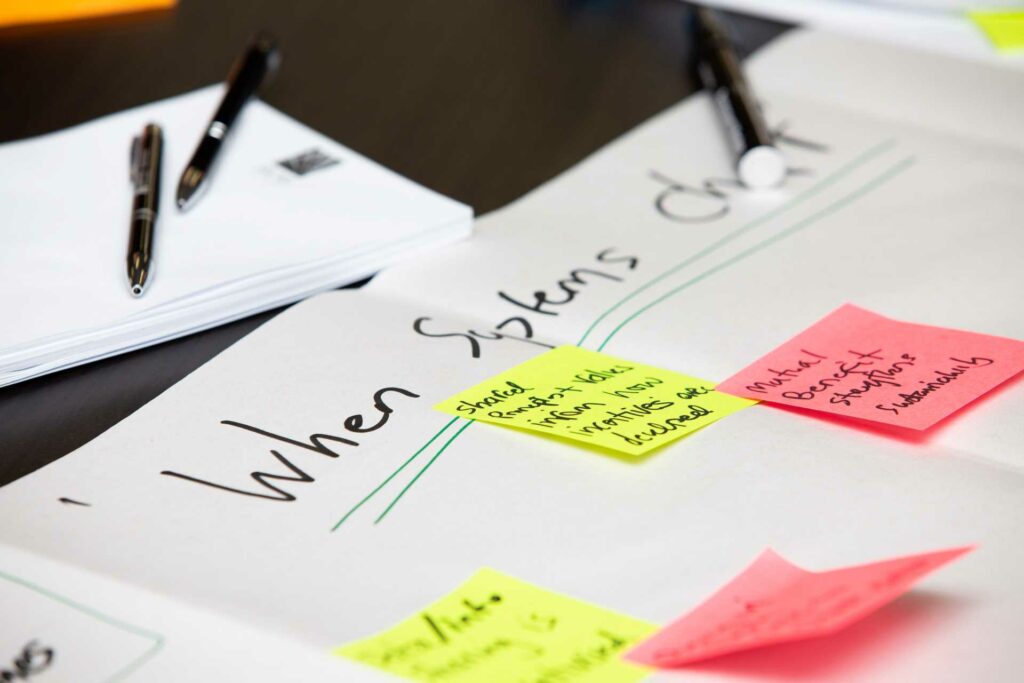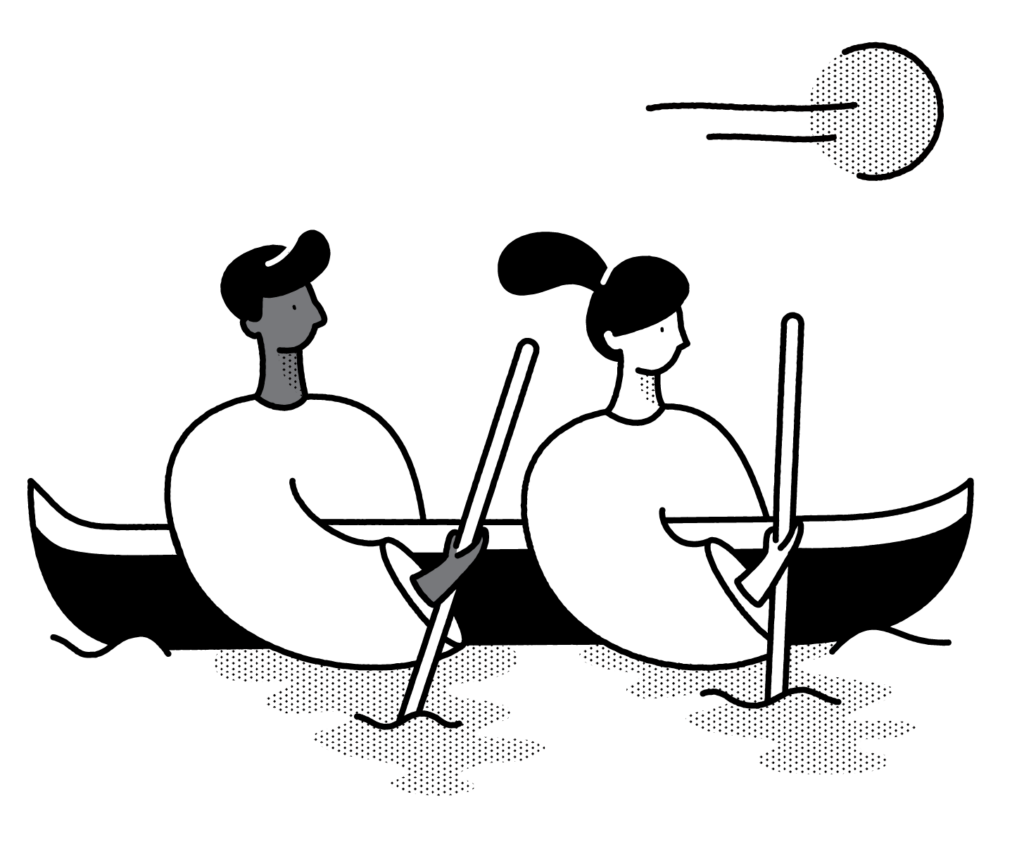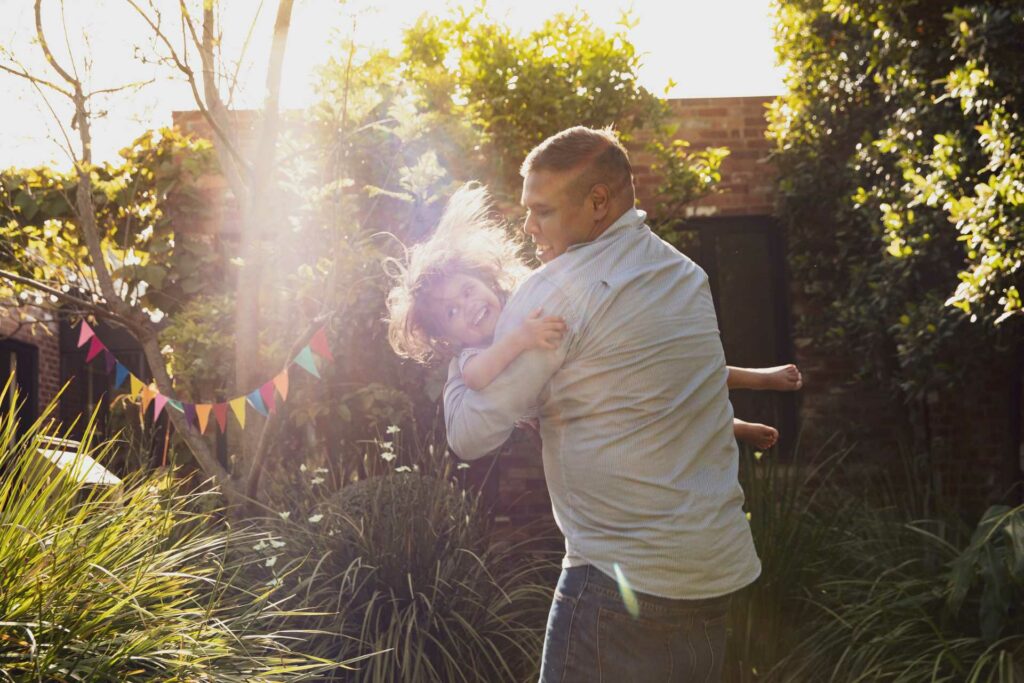Our Policy Lead, Bernadette Roberts, reflects on the work the Coalition of Peaks has been doing to change the way governments work with Australia’s First Nations people.

Donnella Mills at Health Justice 2019
I first heard the term ‘Coalition of Peaks’ at Health Justice Australia’s national conference in September last year, a month before I started work here. I’d not heard of Donnella Mills, Chair of NACCHO, but I was struck by her excitement … and her fabulous outfit, but I digress. She was describing the outcome of a meeting held by the Joint Council of the Coalition of Peaks and Australian governments a month earlier. At the meeting it was agreed that Australia needed a new National Agreement on Closing the Gap, and that it needed to be different. ‘This is historic,’ I overheard her say to our CEO Tessa Boyd-Caine in an animated morning tea chat. ‘We can really make a difference.’
To go back a bit, the Coalition of Peaks was established earlier in 2019. It is a representative body that came together to change the way governments work with Aboriginal and Torres Strait Islander people and to make sure that they’re right in the centre of decision making on Closing the Gap. It comprises around 50 Aboriginal and Torres Strait Islander community controlled peak organisations. You can find out more about the membership on the Coalition of Peaks website.
When I read up on the Coalition of Peaks, there were many things that impressed me about what they’ve achieved in such a short time. I’ll only talk about a couple here: one is the website itself and the other is the transparency of their process used to engage more than 4000 Aboriginal and Torres Strait Islander people to inform the new National Agreement on Closing the Gap.
The website first – let’s just say I know very little about web design, but I know what I like! This one has beautiful pictures and graphics, good music and is super easy to get around. It also tells the Coalition of Peaks’ story in six languages.
On the website’s resources page there is a link to the 2019 Community Engagements. As I read the report I kept thinking this is exactly what meaningful, respectful engagement looks like and it’s a model that should be used more widely. Right from the beginning Aboriginal and Torres Strait Islander people had a leadership role in the design, including a booklet called A New Way of Working which was also produced as an illustrated story. These resources were distributed before meetings and included questions to guide the feedback. It can be difficult to explain major policy issues and government processes but these resources do it so well. They provided clear information about what was being proposed and how participants’ feedback would be taken into account by governments in making decisions.
The engagements across Australia were led by senior representatives of the Coalition of Peaks and there was the option to participate via an online national survey. After each meeting a report on what was said was agreed between representatives of the relevant government and the Coalition of Peaks. The participants also had the opportunity to complete an evaluation sheet on how the engagement went and whether they felt they had an opportunity to be heard. An independent, Aboriginal-led review of the process, which is also available on the website, showed that participants considered the engagements to have been fair, transparent and open.
The new National Agreement on Closing the Gap has now been finalised and came into effect on 30 July. If you haven’t had a chance to read it or follow the process, I encourage you to visit the Coalition of Peaks website to find out more about their inspiring work and their vision for the future.





